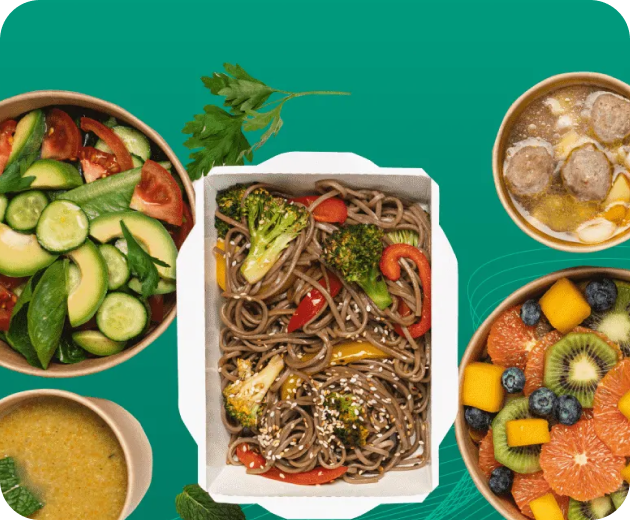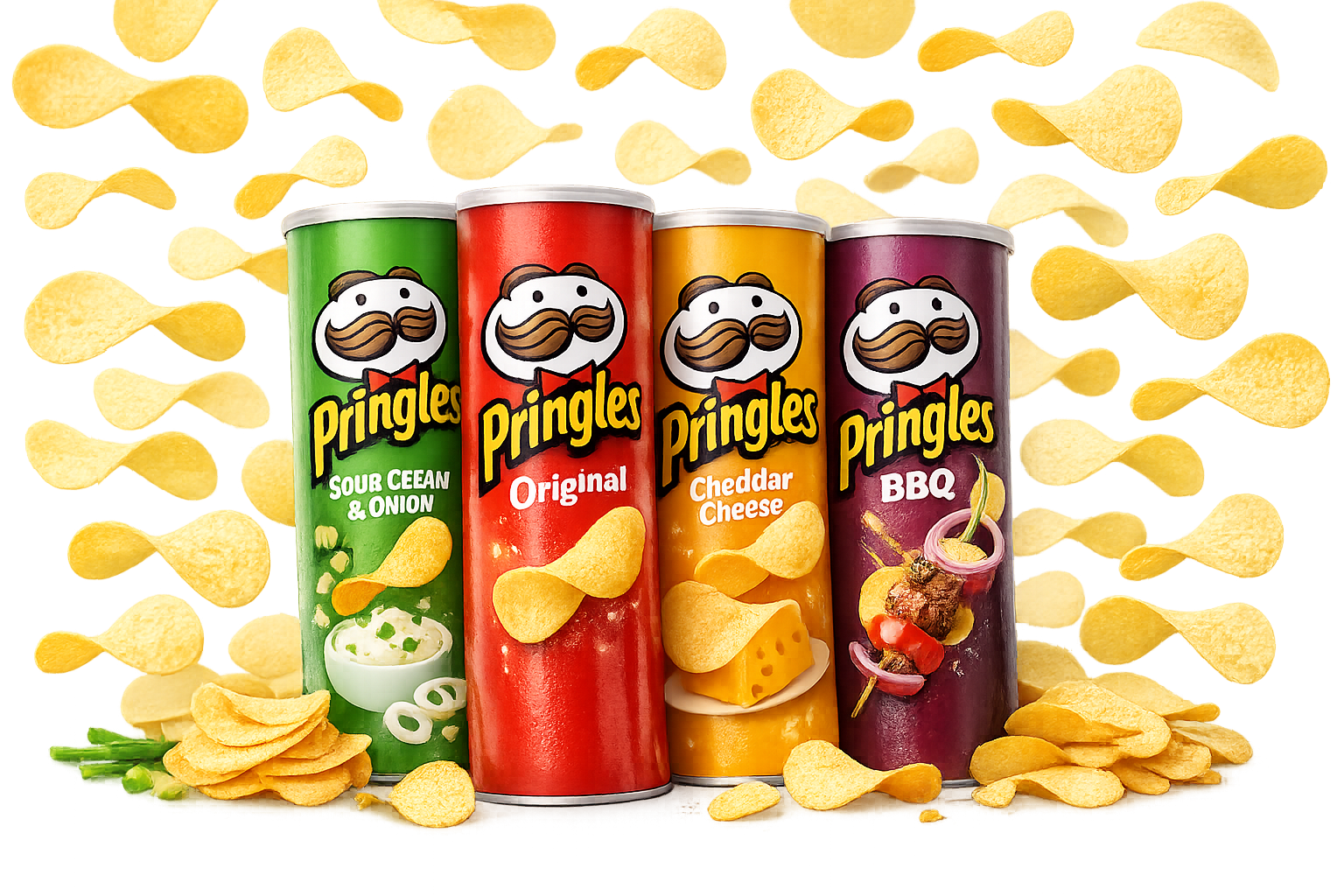Food and Beverage Mergers and Acquisitions: An Unsustainable Path to Innovation
The food and beverage industry is no stranger to mergers and acquisitions, as companies in this sector are constantly seeking new ways to innovate and remain competitive. However, while mergers and acquisitions can certainly bring about positive changes, they are not a reliable or sustainable method for food product innovation, at least not as a sole method of innovation.
Let’s take a closer look at the potential downsides of relying solely on mergers and acquisitions for product innovation.
What Are Food and Beverage Acquisitions?
Food and beverage acquisitions refer to the process of purchasing or acquiring a company, brand, or product within the food and beverage industry. This can include mergers, takeovers, joint ventures, or any other type of transaction where one company gains control over another.
The food and beverage industry is vast and diverse, encompassing everything from agricultural production to retail sales. Within this industry, there are constantly new developments and innovations, making it a highly competitive market. As such, food and beverage acquisitions have become a common strategy for companies looking to expand their reach and increase their market share.
Companies may choose to acquire other businesses or products for a variety of reasons. One of the most common reasons is to gain access to new markets or distribution channels.
The High Rate of Failure in M&A Within the Food and Beverage Industry
According to the Harvard Business Review between 70% and 90% of mergers fail to deliver on expectations. This is usually due to companies trying to acquire complementary businesses without properly understanding them. One of the largest and most spectacular mergers and acquisitions failures is from the food and beverage industry.
Quaker Oats acquired Snapple for $1.7 billion in an attempt to spread into the bottled teas and juices market. They had previously bought Gatorade to do the same in the sports drink market. Quaker didn’t understand the brand and 27 months later were forced to sell Snapple for a mere $300 million.
That is a colossal loss of $1.6 million per day that Quaker-owned Snapple. We explore why mergers and acquisitions are not the best way forward in the food and beverage industry, and what other strategies companies could use to drive innovation.
Mergers and acquisitions in the food and beverage industry can be particularly risky due to the complex nature of food products. There are many factors that can contribute to the failure of a merger or acquisition, including differences in production processes, ingredient sourcing, and food safety standards.
Furthermore, even if a merger or acquisition is successful, it can take a significant amount of time and resources to integrate the two companies and their products. This can lead to a period of stagnation in terms of product innovation, as companies focus on merging their operations rather than developing new products.
The situation may arise that they may have different systems, menus, recipes, suppliers, and food preparation methods. Trying to combine these disparate elements into a cohesive menu that works across all locations can be a complex and costly process.
This can result in significant operational challenges, including confusion among employees and customers, supply chain disruptions, and inconsistent quality across locations. These challenges can make the menu rollout process unsustainable, particularly if the companies involved are not adequately prepared to handle them.
Mergers and acquisitions are not a sustainable method for product innovation in the food and beverage industry because they can create a culture of complacency within companies. When companies rely solely on mergers and acquisitions to drive innovation, they may become less focused on developing their own products and more focused on acquiring other companies’ products. This can lead to a lack of creativity and a decline in product quality, as companies become more interested in acquiring market share than in creating innovative products.
The bigger a restaurant chain is, the more difficult it is to rollout changes because of the complexity of managing multiple locations, menus, and supply chains. Each location may have different customer demographics, local regulations, and staffing needs, making it challenging to implement changes across the board.
Additionally, acquisitions of smaller competitors can compound this problem by adding more locations, menus, and supply chains to the mix. This creates a vicious cycle where the larger the chain becomes, the more challenging it is to make changes, and the more likely it is to acquire smaller competitors to maintain growth.
This can result in an unsustainable process where the chain struggles to integrate new locations and menus into their existing operations, ultimately leading to a decline in quality and customer satisfaction or missing changes in consumer preferences.
So, if mergers and acquisitions are not a viable product innovation method in the food and beverage industry, what other strategies can companies use? One way is to focus on internal innovation. By investing in research and development, companies can create new products that are tailored to their specific strengths and customer needs. This approach allows companies to maintain control over their own products and intellectual property, which can be critical for long-term success.
Another option available to companies is to collaborate with other companies and organizations to drive innovation. By partnering with companies in complementary industries, such as packaging or agricultural technology, food and beverage companies can leverage each other’s expertise and resources to develop new products and services. This approach can also help companies stay on the cutting edge of new technologies and trends.
Food and beverage companies can also look to their customers for inspiration and ideas. By using AI-powered food data, consumption statistics and social media analytics, companies can better understand their customers’ needs, and develop products that meet those needs.
This data gives companies a snapshot of the food service landscape as well as lets them drill down in the specifics behind consumer choices. They can be differentiated by growth phase, popularity or even by region, giving companies real-time information about what the market is consuming daily.
The inspiration and ideation phases of the new product development funnel are the foundation of any new offering. If the proposed product is based on sound data then it has a lower chance of failure. The further down the funnel a product fails, the more expensive and damaging it is to the development process as it represents lost time as well as resources.
Tastewise has a distinct data advantage in that it dives into social media and analyzes billions of moments of consumption. This is especially useful when interpreting data from the Gen Z sector of the market. Due to their age category being below 18 in many cases, they are not legally allowed to take surveys.
Tastewise is able to analyze their consumer sentiment based on their social media presence. More than just the ‘what’, ‘when’ and ‘where’, Tastewise lets users understand the ‘how’ and ‘why’ of consumer behavior.
While mergers and acquisitions have the potential to drive growth in the food and beverage industry, they are not a reliable or sustainable method for product innovation. Companies that rely solely on mergers and acquisitions to drive innovation risk becoming complacent, and may miss out on the benefits of developing their own products.
By investing in internal innovation, collaborating with other companies, and engaging with customers, food and beverage companies can develop innovative products that meet the needs of their customers and drive long-term growth.




